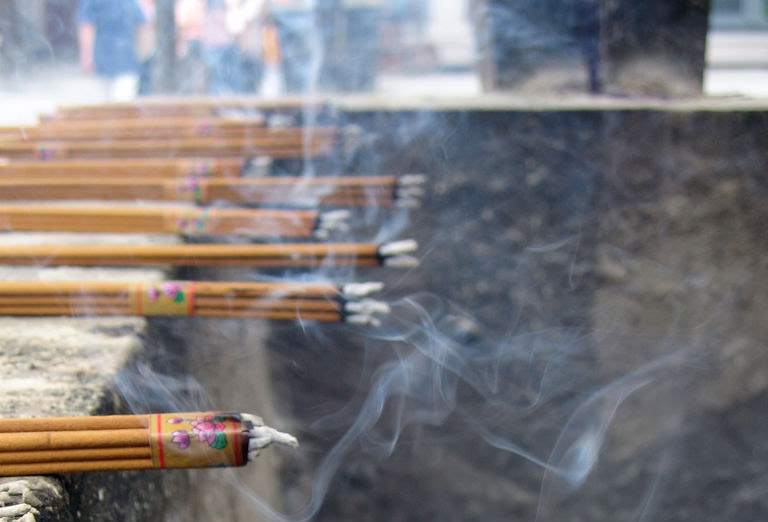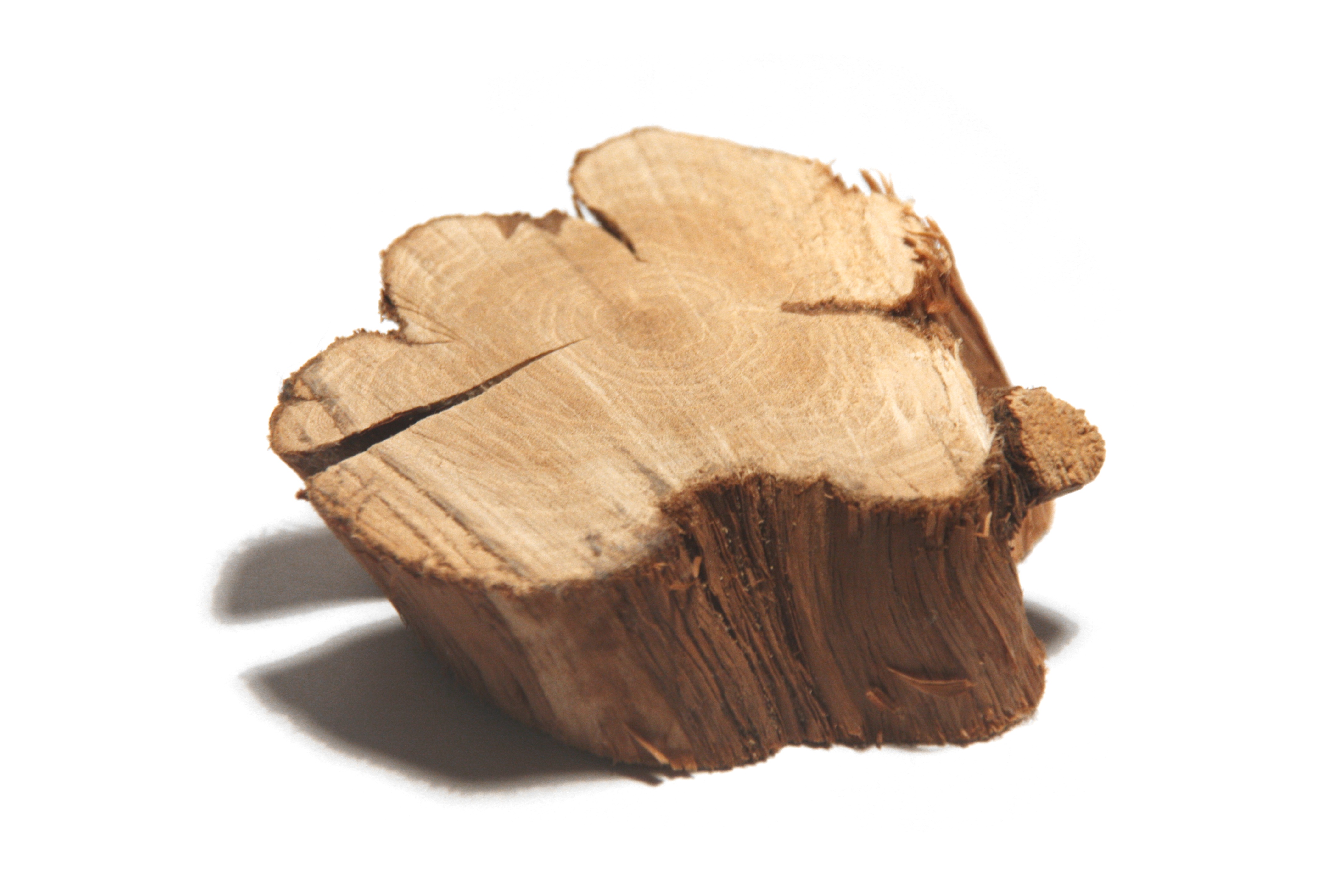|
Juniperus Tibetica
''Juniperus tibetica'', the Tibetan juniper, is a species of juniper, native to western China in southern Gansu, southeastern Qinghai, Sichuan, and Tibet Autonomous Region, where it grows at high to very high altitudes of . This species has the highest known elevation treeline in the northern hemisphere. The highest known stand of ''J. tibetica'' was found at 29°42' N 96°45' E at 4900 m in southeastern Tibet ( Xizang Autonomous Region, Baxoi County). It is an evergreen coniferous shrub or small to medium-sized tree growing to heights of , rarely , with a trunk up to in diameter. The leaves are of two forms, juvenile needle-like leaves long on seedlings and occasionally (regrowth after browsing damage) on adult plants, and adult scale-leaves long on older plants; they are arranged in decussate opposite pairs or whorls of three. The cones are ovoid, berry-like, long and diameter, blue-black, and contain a single seed; they are mature in about 18 months. The male cones ar ... [...More Info...] [...Related Items...] OR: [Wikipedia] [Google] [Baidu] |
Vladimir Leontyevich Komarov
Vladimir Leontyevich Komarov (; – 5 December 1945) was a Russian and Soviet botanist. Biography Komarov was born in 1869. He was a graduate of Saint Petersburg State University, St. Petersburg University where he received a degree in botany in 1894. From 1895 until 1899 he was co-editor of the exsiccata ''Fungi Rossiae exsiccati''. He worked as a professor at the university in the period 1898–1934. From the memories N.Poppe: ''One day in spring 1937 my aide Kazakevich and I received an order to prepare ourselves for a journey to Mongolia from the president of the Academy of Sciences, V. L. Komarov, a famous botanist and head of the Mongolian Commission. The Mongolian government, through the Foreign Service, had asked the academy to send scholars to conduct field work. Neither of us was enthusiastic about the journey, foreseeing nothing but trouble, but after an interview with Komarov we accepted this assignment with great reluctance. Several weeks later we were summone ... [...More Info...] [...Related Items...] OR: [Wikipedia] [Google] [Baidu] |
Conifer Cone
A conifer cone, or in formal botanical usage a strobilus, : strobili, is a seed-bearing organ on gymnosperm plants, especially in conifers and cycads. They are usually woody and variously conic, cylindrical, ovoid, to globular, and have scales and bracts arranged around a central axis, but can be fleshy and berry-like. The cone of Pinophyta (conifer clade) contains the reproductive structures. The woody cone is the female cone, which produces seeds. The male cone, which produces pollen, is usually ephemeral and much less conspicuous even at full maturity. The name "cone" derives from Greek ''konos'' (pine cone), which also gave name to the geometric cone. The individual plates of a cone are known as ''scales''. In conifers where the cone develops over more than one year (such as pines), the first year's growth of a seed scale on the cone, showing up as a protuberance at the end of the two-year-old scale, is called an ''umbo'', while the second year's growth is called th ... [...More Info...] [...Related Items...] OR: [Wikipedia] [Google] [Baidu] |
Flora Of Sichuan
Flora (: floras or florae) is all the plant life present in a particular region or time, generally the naturally occurring ( indigenous) native plants. The corresponding term for animals is ''fauna'', and for fungi, it is ''funga''. Sometimes bacteria and fungi are also referred to as flora as in the terms ''gut flora'' or ''skin flora'' for purposes of specificity. Etymology The word "flora" comes from the Latin name of Flora, the goddess of plants, flowers, and fertility in Roman mythology. The technical term "flora" is then derived from a metonymy of this goddess at the end of the sixteenth century. It was first used in poetry to denote the natural vegetation of an area, but soon also assumed the meaning of a work cataloguing such vegetation. Moreover, "Flora" was used to refer to the flowers of an artificial garden in the seventeenth century. The distinction between vegetation (the general appearance of a community) and flora (the taxonomic composition of a community) was ... [...More Info...] [...Related Items...] OR: [Wikipedia] [Google] [Baidu] |
Endemic Flora Of China
Endemism is the state of a species being found only in a single defined geographic location, such as an island, state, nation, country or other defined zone; organisms that are Indigenous (ecology), indigenous to a place are not endemic to it if they are also found elsewhere. For example, the Cape sugarbird is found exclusively in southwestern South Africa and is therefore said to be ''endemic'' to that particular part of the world. An endemic species can also be referred to as an ''endemism'' or, in scientific literature, as an ''endemite''. Similarly, many species found in the Western ghats of India are examples of endemism. Endemism is an important concept in conservation biology for measuring biodiversity in a particular place and evaluating the risk of extinction for species. Endemism is also of interest in evolutionary biology, because it provides clues about how changes in the environment cause species to undergo range shifts (potentially expanding their range into a la ... [...More Info...] [...Related Items...] OR: [Wikipedia] [Google] [Baidu] |
Juniperus
Junipers are coniferous trees and shrubs in the genus ''Juniperus'' ( ) of the cypress family Cupressaceae. Depending on the taxonomy, between 50 and 67 species of junipers are widely distributed throughout the Northern Hemisphere as far south as tropical Africa, including the Arctic, parts of Asia, and Central America. The highest-known juniper forest occurs at an altitude of in southeastern Tibet and the northern Himalayas, creating one of the highest tree lines on earth. Description Junipers vary in size and shape from tall trees, tall, to columnar or low-spreading shrubs with long, trailing branches. They are evergreen with needle-like and/or scale-like leaves. They can be either monoecious or dioecious. The female seed cones are very distinctive, with fleshy, fruit-like coalescing scales which fuse together to form a berrylike structure ( galbulus), long, with one to 12 unwinged, hard-shelled seeds. In some species, these "berries" are red-brown or orange, but ... [...More Info...] [...Related Items...] OR: [Wikipedia] [Google] [Baidu] |
Livestock
Livestock are the Domestication, domesticated animals that are raised in an Agriculture, agricultural setting to provide labour and produce diversified products for consumption such as meat, Egg as food, eggs, milk, fur, leather, and wool. The term is sometimes used to refer solely to animals which are raised for consumption, and sometimes used to refer solely to farmed ruminants, such as cattle, sheep, and goats. The breeding, maintenance, slaughter and general subjugation of livestock called ''animal husbandry'', is a part of modern agriculture and has been practiced in many cultures since humanity's transition to farming from hunter-gatherer lifestyles. Animal husbandry practices have varied widely across cultures and periods. It continues to play a major economic and cultural role in numerous communities. Livestock farming practices have largely shifted to intensive animal farming. Intensive animal farming increases the yield of the various commercial outputs, but also nega ... [...More Info...] [...Related Items...] OR: [Wikipedia] [Google] [Baidu] |
Goat
The goat or domestic goat (''Capra hircus'') is a species of Caprinae, goat-antelope that is mostly kept as livestock. It was domesticated from the wild goat (''C. aegagrus'') of Southwest Asia and Eastern Europe. The goat is a member of the family Bovidae, meaning it is closely related to the sheep. It was one of the first animals to be domesticated, in Iran around 10,000 years ago. Goats have been used for milk, Goat meat, meat, Animal fur, wool, and Animal skin, skins across much of the world. Milk from goats is often turned into goat cheese, cheese. In 2022, there were more than 1.1 billion goats living in the world, of which 150 million were in India. Goats feature in mythology, folklore, and religion in many parts of the world, including in the classical myth of Amalthea (mythology), Amalthea, in Tanngrisnir and Tanngnjóstr, the goats that pulled the chariot of the Norse god Thor, in the Scandinavian Yule goat, and in Hinduism's goat-headed Daksha. In Christianity and ... [...More Info...] [...Related Items...] OR: [Wikipedia] [Google] [Baidu] |
Incense
Incense is an aromatic biotic material that releases fragrant smoke when burnt. The term is used for either the material or the aroma. Incense is used for aesthetic reasons, religious worship, aromatherapy, meditation, and ceremonial reasons. It may also be used as a simple deodorant or insect repellent. Incense is composed of aromatic plant materials, often combined with essential oils. The forms taken by incense differ with the underlying culture, and have changed with advances in technology and increasing number of uses. Incense can generally be separated into two main types: "indirect-burning" and "direct-burning." Indirect-burning incense (or "non-combustible incense") is not capable of burning on its own, and requires a separate heat source. Direct-burning incense (or "combustible incense") is lit directly by a flame and then fanned or blown out, leaving a glowing ember that smoulders and releases a smoky fragrance. Direct-burning incense is either a paste formed around a ... [...More Info...] [...Related Items...] OR: [Wikipedia] [Google] [Baidu] |
Wood
Wood is a structural tissue/material found as xylem in the stems and roots of trees and other woody plants. It is an organic materiala natural composite of cellulosic fibers that are strong in tension and embedded in a matrix of lignin that resists compression. Wood is sometimes defined as only the secondary xylem in the stems of trees, or more broadly to include the same type of tissue elsewhere, such as in the roots of trees or shrubs. In a living tree, it performs a mechanical-support function, enabling woody plants to grow large or to stand up by themselves. It also conveys water and nutrients among the leaves, other growing tissues, and the roots. Wood may also refer to other plant materials with comparable properties, and to material engineered from wood, woodchips, or fibers. Wood has been used for thousands of years for fuel, as a construction material, for making tools and weapons, furniture and paper. More recently it emerged as a feedstock for the production ... [...More Info...] [...Related Items...] OR: [Wikipedia] [Google] [Baidu] |
Woody Plant
A woody plant is a plant that produces wood as its structural tissue and thus has a hard stem. In cold climates, woody plants further survive winter or dry season above ground, as opposed to Herbaceous plant, herbaceous plants that die back to the ground until Spring (season), spring. Characteristics Woody plants are usually trees, shrubs, or lianas. These are usually perennial plants whose stems and larger roots are reinforced with wood produced from secondary xylem. The main stem, larger branches, and roots of these plants are usually covered by a layer of Bark (botany), bark. Wood is a structural cell (biology), tissue that allows woody plants to grow from above ground stems year after year, thus making some woody plants the largest and tallest terrestrial plants. Woody plants, like Herbaceous plant, herbaceous perennials, typically have a Dormancy, dormant period of the year when growth does not take place. This occurs in Temperate climate, temperate and Continental clima ... [...More Info...] [...Related Items...] OR: [Wikipedia] [Google] [Baidu] |






